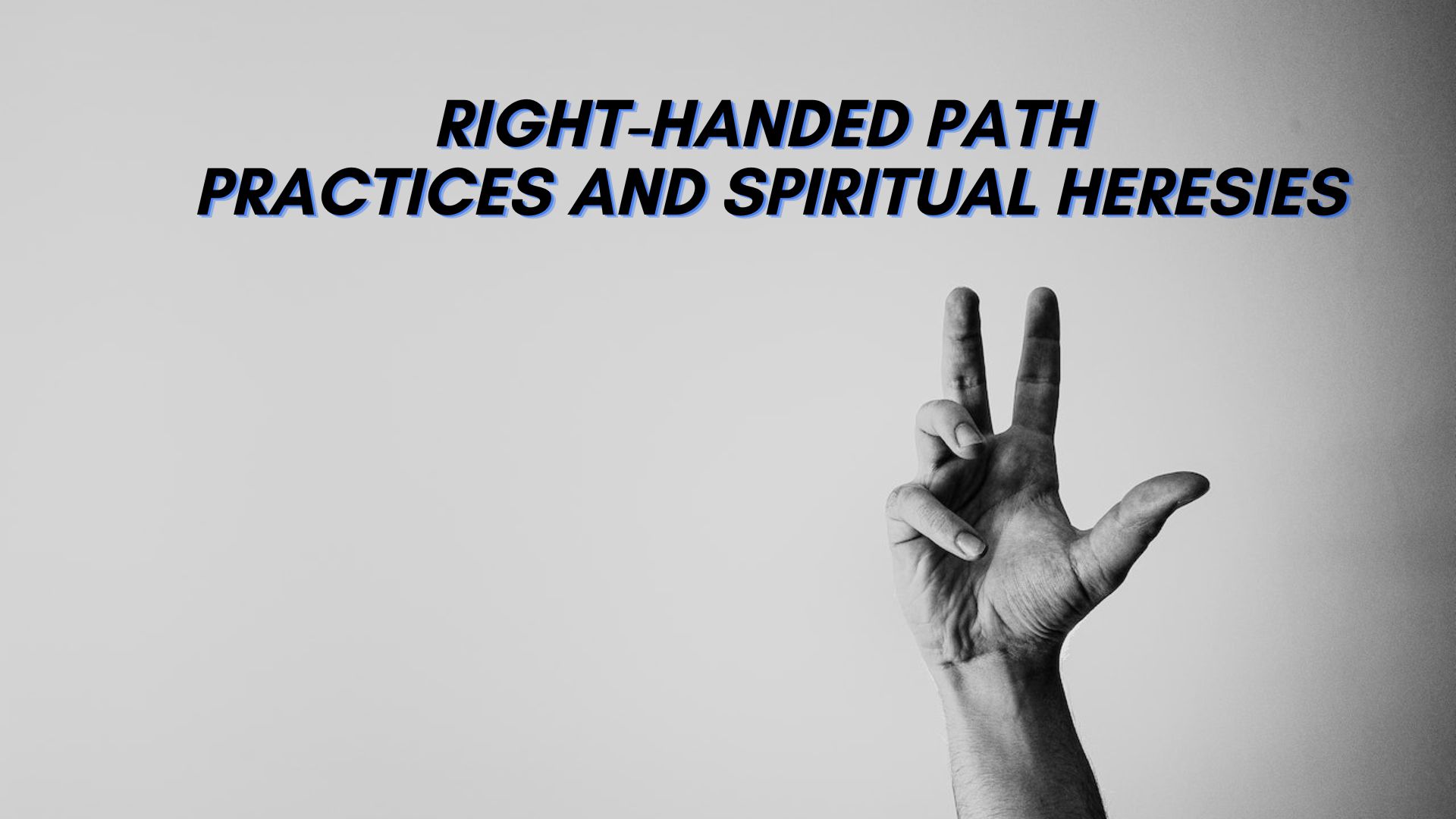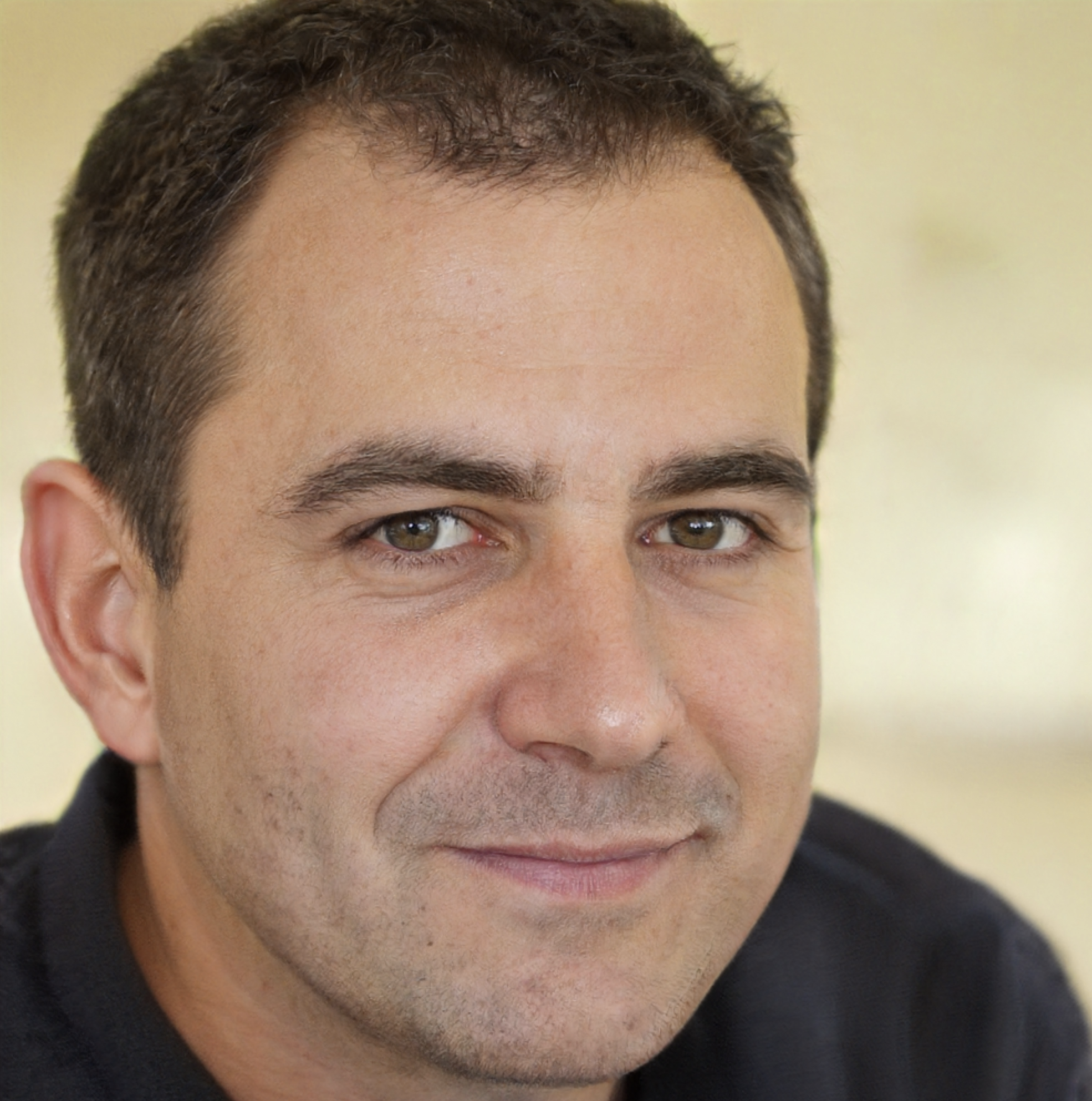What Does The Right Handed Path Signify In Spiritual Practices?
Occult and theological paths are sometimes divided along a left-hand path and a right handed path dichotomy. There are many different religions and philosophies represented on each route, yet there are also commonalities. Yet this phrase is not without controversy and bias.
Author:Matteo CaravetaReviewer:Mia ThompsonJan 11, 20241.1K Shares27.4K Views

Occultand theological paths are sometimes divided along a left-hand path and aright handed pathdichotomy. There are many different religions and philosophies represented on each route, yet there are also commonalities. Yet this phrase is not without controversy and bias.
What Is The Right-Hand Path?
The right handed path "concentrate[s] on the symbols of goodness, of the sun, of herd mentality and submission to god(s) and religious authority," according to left-hand path adherent Vexen Crabtree.
To put it more diplomatically, the righteous way may be seen as one of ritual, dogma, and trust in the established social order and the supernatural.
The right handed path emphasizes selflessness and service to others more than the left-handed path does, yet these are present in both.
What Is The Left-Hand Path?
The left-hand path emphasizes boosting one's ego at the expense of others and rejecting all forms of religious and societal authority. Strength and determination are shown when practicing the left-hand path. If true, it reduces the likelihood that divine intervention is necessary.
Left-handed philosophies include Luciferianism and Satanism (both LaVeyan and Theistic). It's unclear to Thelma's followers whether they should head left or right.
Bias And Usage Limitations
The fact that left-handed people are more likely to use this expression is a big negative. Satanists often say they follow "the left-hand method," a reference to the direction of the hand used when writing.
Many who follow the righteous path, including Christians, Jews, Wiccans, Druids, and others, don't identify with that path publicly.
The right-hand path is often described using pejorative language because of this, as Crabtree shows. Also, many people who think they are on the right path would disagree with the criteria that are usually used, at least to some degree.
Those who place themselves on the "correct" path, on the other hand, tend to paint it as a dangerous place full of evildoers and potential threats. When used in this way, the words are just as offensive as the terms "white magic" and "black magic," which are also negative.

Joseph Campbell — Jung and the Right and Left-hand Paths
The Origin Of The Terms
Many people believe that Helena Blavatsky, the creator of Theosophy, is responsible for popularizing the concepts of "left-hand" and "right-hand" occultismin the West.
In the West, the "right" has traditionally been linked with superiority and the "left" with weakness. In common parlance, a person's right-hand man is his most trusted adviser.
Left-handedness was seen as a flaw in development, so left-handed children were often forced to switch to using their right hands.
In heraldry, the left side of a shield is called the sinister side, from the Latin sinister, which also means "left." This was then linked to evil and malevolence. The bearer's paternal family crest is shown in the reverse.
Right Handed Path FAQs
What Is Ancient Paths Include?
Ancient paths include the Egyptian cult of Set, Hinduism, Buddhism, Zoroastrianism, the Yezidis, Neoplatonists and the Greeks.
Conclusion
In Western esotericism, two distinct magical philosophies are reflected in the Left-Hand Path and the Right Hand Path, respectively. Numerous subcultures concerned with the occult and ritual magic employ this jargon.
Some definitions of the two paths link the Right-Hand Path with good, white magic, while the Left-Hand Path is linked with bad, dark shamanism.
However, not all occultists agree with this characterization, since some believe that the Left/Right divide just describes different approaches to work and is not always a reflection of the quality of a practitioner's magical work.
On the contrary, adherents of the Left-Hand Path encourage violating taboos and rejecting conventional morality. Modern versions of the Right-Hand Path, which come from Indian Tantra, use it to describe magical communities that follow a strict set of moral rules and social norms.

Matteo Caraveta
Author
In the heart of Rome, Matteo Caraveta was born under the influence of the number 9, a symbol of universal love and completion. His path into numerology was illuminated during a life-changing encounter on his 21st birthday, a date that numerologically signifies the beginning of a new cycle, under the mystical skies of Sedona, Arizona. This experience, marked by the convergence of powerful numerical energies, reshaped his destiny.
Matteo's numerology practice is enriched with the vibrational essence of numbers, particularly the harmonious number 2, symbolizing balance and partnership, which guides his consultations. His most profound moment came when he used the energy of number 5, the emblem of dynamic change, to navigate a client through a tumultuous career shift, leading them to a path filled with purpose and prosperity.
Now, Matteo Caraveta stands as a beacon of light in the numerical maze, guiding souls with the wisdom of numbers, where every consultation is a step towards understanding the universe's grand design. His journey embodies the transformative power of numerology, making Matteo not just a numerologist, but a navigator of life's numerical currents.

Mia Thompson
Reviewer
Mia Thompson is a versatile writer at Kansas Press, delving into a range of topics including news, spiritual exploration, astrology, and numerology. With a passion for delivering insightful and informative content, Mia's articles provide readers with valuable perspectives and thought-provoking insights into these intriguing subjects.
She is dedicated to creating content that resonates with readers and fosters a deeper understanding of complex topics.
Latest Articles
Popular Articles